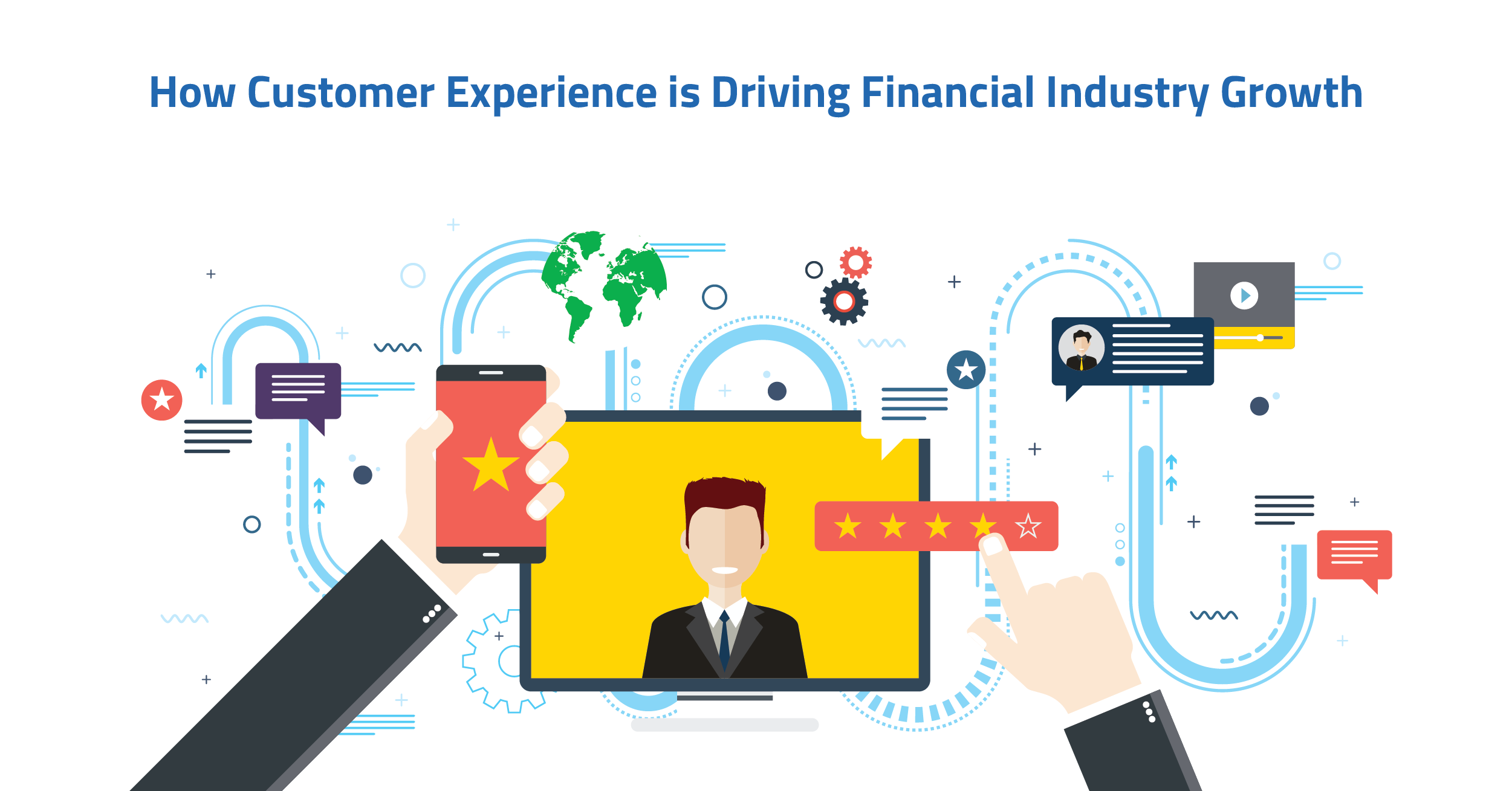
How Customer Experience is Driving Financial Industry Growth
Market volatility is a constant in the financial industry, with new entrants and disruptors forcing institutions to adapt in order to stay relevant. Additionally, the rapid growth of financial crimes means FIs are focused on reducing their exposure to risky assets more than ever before. In such a situation, severing relationships with uncertain clients means that retaining the existing ones is crucial to ensure business continuity.
Given that customer loyalty has grown increasingly fickle due to an array of new-age, non-traditional competitors, banks and financial institutions have to constantly give people a reason to stay. A seamless customer experience is now a differentiating factor among financial service providers in the industry. A McKinsey report states that improving customer experience increases the chances of product renewals and new purchases by 30-50%. It can also be the USP to attracting new business.
Holistic Experience
Banking relationships begin from onboarding, continuing through various checkpoints like credit sanctions, add-on accounts and even simple issues like pin changes. A well reimagined suite of customer services, is one that doesn’t overemphasize technology and digital engagement, and incorporates aspects of human empathy that are essential in such communications.
Lack of human empathy can cause dissatisfied customers to leave, thereby negatively impacting the business’s bottom line.
It is important to understand the complete client journey in order to revamp functions and processes that will work best. FIs need to direct their efforts towards improving the end-to-end user experience rather than providing digital flourishes to transactional touchpoints.
For instance, customer relationship management tools for banks, insurance companies, or wealth managers, provide insight into client requirements. Companies can use this information to anticipate issues and solve them even before people notice, leading to happy customers who are more likely to stick on. Mobile services can help with troubleshooting at any point, but appropriate staffing solutions need to be in place to enable real-time servicing.
Customer Service Outsourcing
Apart from timely, convenient services, customers seek reliability and consistency from their financial partners. Onboarding a customer service outsourcing partner can help streamline the process to impeccable client engagement. An outsourced customer service vendor will be able to match customer expectations with modern solutions that rival other FinTechs.
Outsourcing customer service can also allow for domain expertise, personalized care to each customer, and access to tools like robotic process automation at lower costs. Staying up-to-date with technology while not compromising on service quality will lead to growing accounts.
Gradual Process
Transforming the customer journey is not linear; it is a gradual process. It needs to be incorporated via various techniques, starting from customer segmentation and evaluations, to training employees to deliver customer-centric solutions to problems.
In conclusion, in the rush to digital inclusion, financial institutions shouldn’t lose sight of the real goal: empowering customers every way they can. Superior customer servicing is the only road ahead to loyalty, strong brand imaging and ultimately, higher profits.


